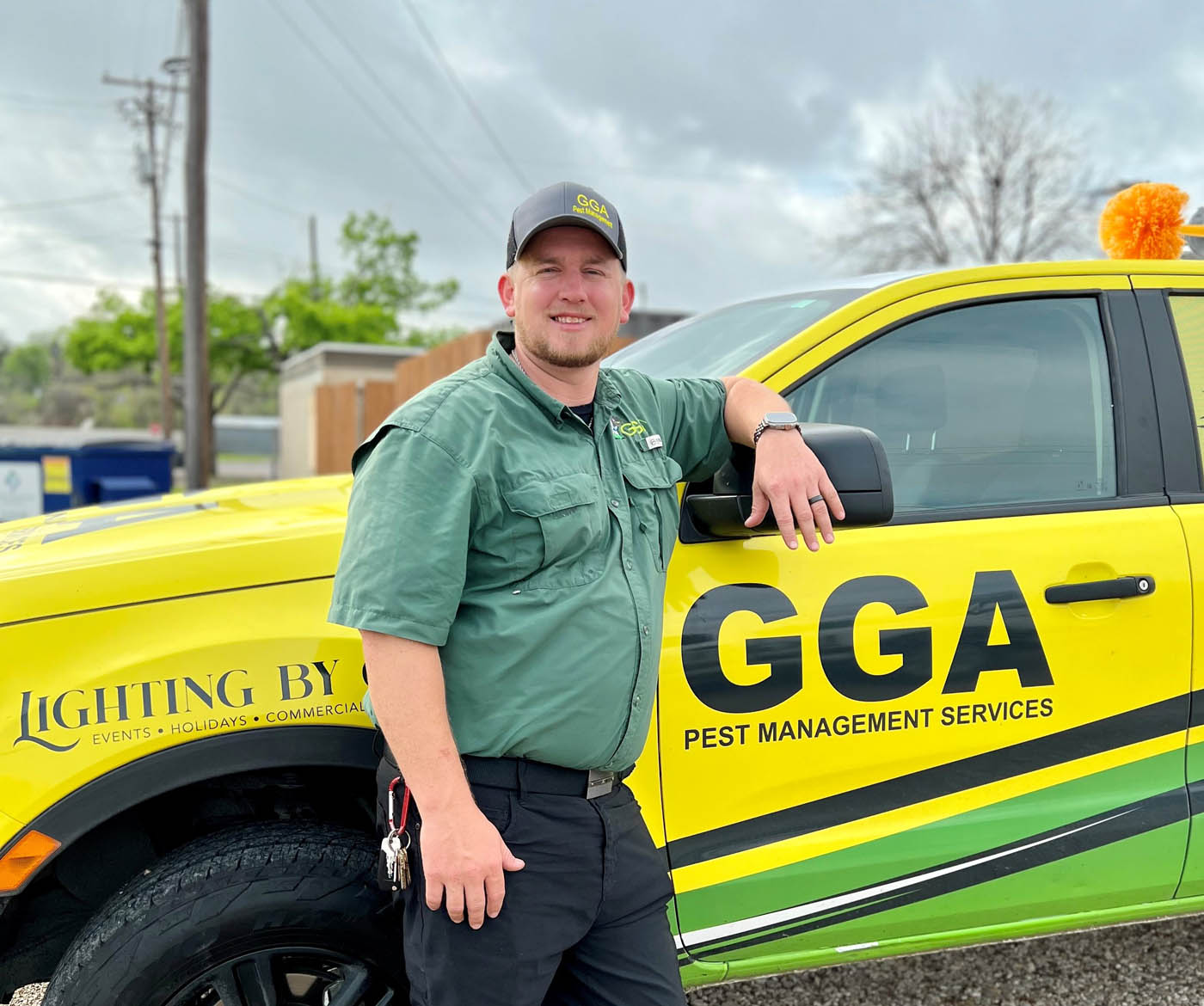Because lighting matters
Why is it that sometimes you will see insects collecting around an artificial light source yet other bugs and creepy crawlers stay away? Bugs can mistake a lightbulb for sunlight, which to them equates food causing them to swarm the light looking for dinner. However, other bugs like bees for instance, steer far from these light sources. Are they smarter than your typical moth who will beat its head against a lightbulb a million times, still not realize it's not the sun?
There are different species of moths, nocturnal moths for instance will not participate in the behaviors of swarming a light source, whereas the lower moth species are highly attracted to the same source of light. We've all heard, "like a moth to a flame". The moth sees the light and assumes food must be near. According this species there can't be light where food isn't involved.
Bees however, are daytime bugs. It is rare to see a bee flying during the night, even if the distraction of a high powered artificial light source. Bees are just too smart for their own good and stay "home" at night.
Grasshoppers also will swarm near an artificial light source. While they are very intelligent insects, the light gets them every time.
For more information on moths, grasshoppers and bees lighting preferences, click here
Why is it that sometimes you will see insects collecting around an artificial light source yet other bugs and creepy crawlers stay away? Bugs can mistake a lightbulb for sunlight, which to them equates food causing them to swarm the light looking for dinner. However, other bugs like bees for instance, steer far from these light sources. Are they smarter than your typical moth who will beat its head against a lightbulb a million times, still not realize it's not the sun?
There are different species of moths, nocturnal moths for instance will not participate in the behaviors of swarming a light source, whereas the lower moth species are highly attracted to the same source of light. We've all heard, "like a moth to a flame". The moth sees the light and assumes food must be near. According this species there can't be light where food isn't involved.
Bees however, are daytime bugs. It is rare to see a bee flying during the night, even if the distraction of a high powered artificial light source. Bees are just too smart for their own good and stay "home" at night.
Grasshoppers also will swarm near an artificial light source. While they are very intelligent insects, the light gets them every time.
For more information on moths, grasshoppers and bees lighting preferences, click here





